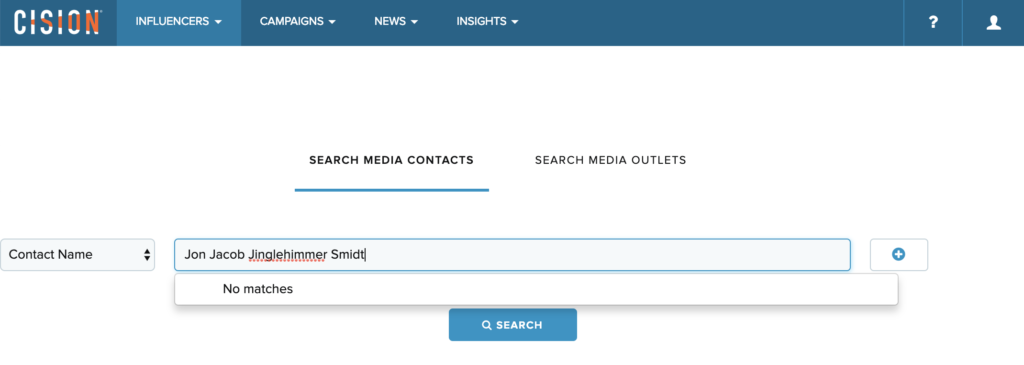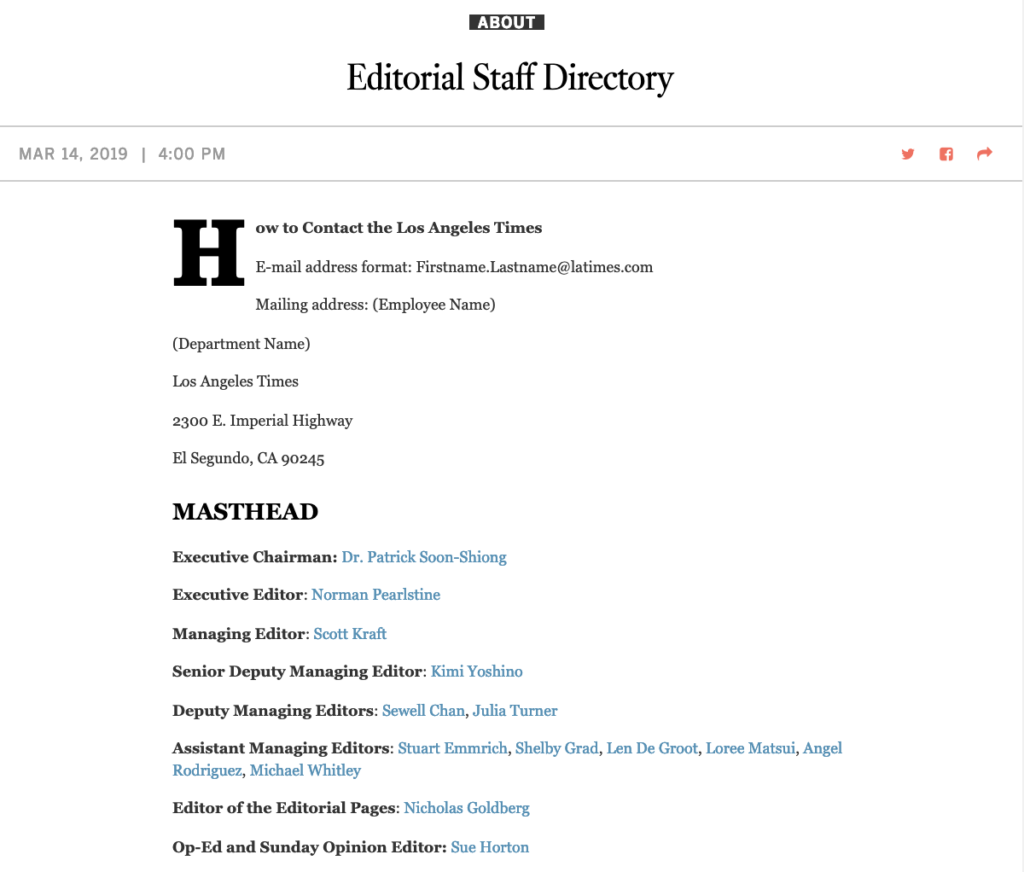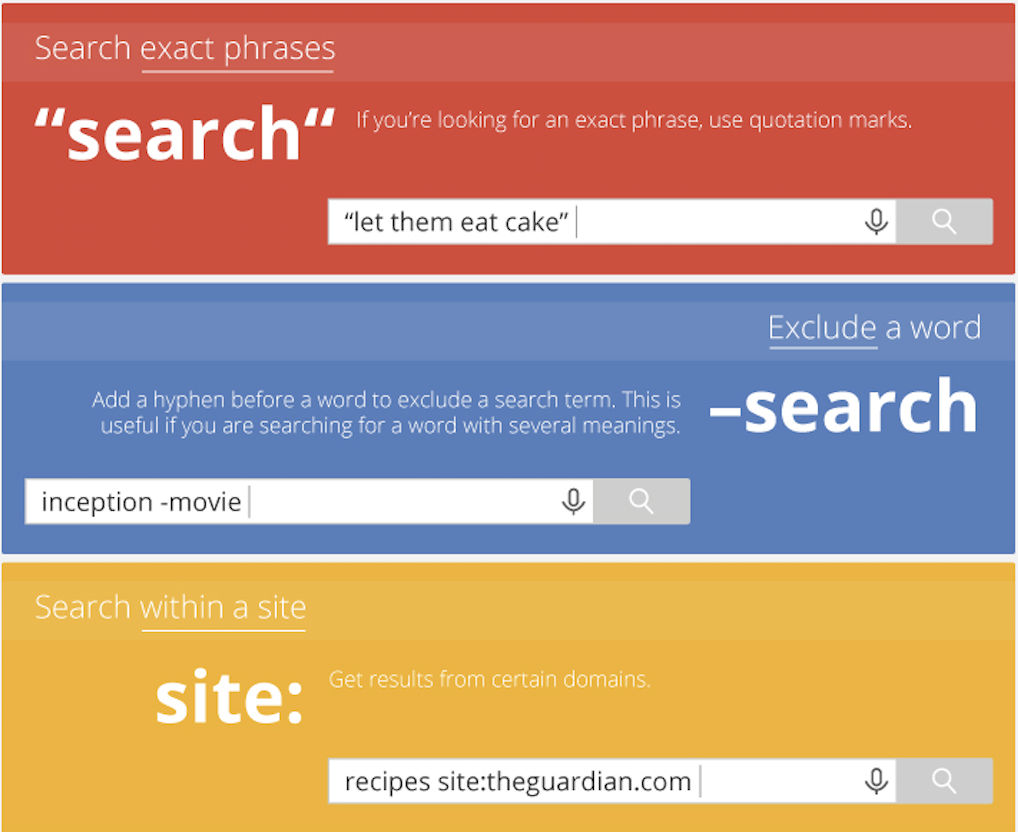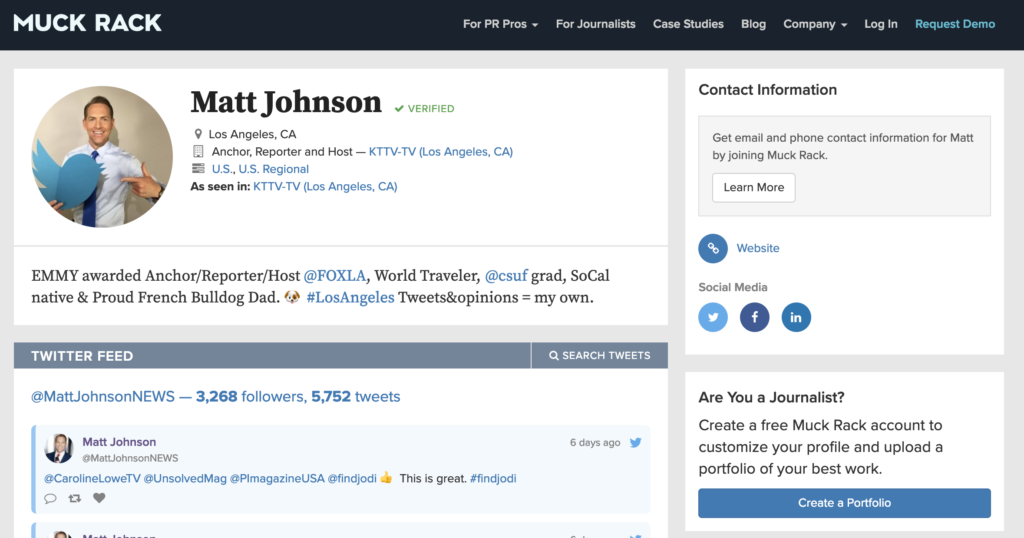Research is a broad but key aspect of effective public relations. Whether it’s finding your client’s coverage, sifting through thousands of reporters for who to pitch or getting contact info, efficient research methods are a must-know for any public relations pro.
Cision is the most commonly used database by public relations professionals, and it is what we use at L&L PR. If you aren’t familiar with Cision, it’s an online, cloud-based software service that offers multiple levels of features like media monitoring, conversion and analytics reports, media contacts, list building and more.
It is certainly a nifty tool, but it isn’t perfect. Sometimes journalist contact info is outdated or absent and smaller news outlets aren’t listed.

In cases like these, it’s important to know how to find what you need. Below are five tips for finding journalist contact info when they’re not in Cision.
1. Look on the outlet website
When searching a website, look for a Contact Us, Masthead or Team page. Sometimes they’ll have names of reporters and emails listed or a general email (i.e. news@newsoutletname.com) that you can email and ask for contact info for whichever reporter you’re trying to contact. Or if you know another reporter’s email or find a common format of their emails, like on the LA Times Staff Directory, you can try guessing what the email is.

2. Google them
Google the writer by putting their name in quotation marks, i.e. “John Smith”, followed by journalist or writer or freelancer outside of the quotes. The quotes allow you to search for exact phrases, which is especially important if this journalist has a generic name like John Smith.

What usually comes up is their LinkedIn and Twitter. Check those profiles out to see if they have contact info listed in either of their bios. If not, see if they have a website or online portfolio and look for a listed email or contact form. Obviously, emails are better, but if you’re desperate, filling out the contact form is a good shot.
Learn more about Google searches by reading “Tips & Tricks for Searching Google Like a Pro”
3. Search on Muck Rack
Muck Rack is another public relations focused software that lets journalists create their own profiles. To get all the benefits, you need to pay for the service if you are a PR professional, but you can search for them without an account by typing their name into the Google search bar followed by site:muckrack.com. Usually, their email isn’t viewable without an account, but sometimes they list it in their bio or have links to their websites and social channels.

4. Search Social Media
Twitter is most helpful when trying to find contact info, but sometimes journalists have business profiles on Facebook and Instagram that have their contact info available. If you find their Facebook page, go to the About section and then Contact Info. If you’re searching Instagram and find their account, make sure you view it through your smartphone to see if they have an Email button.

5. Slide into their DM’s
This is a last last last resort option. If you really need this reporter’s email and have exhausted all other options but found their social media, try tweeting or direct messaging them. I suggest sending a short message asking if they accept pitches and if so, what their email is; or provide your email. If you send a full-fledged pitch, it may look like spam or just too much and they’ll ignore it. Again, this is only a last-ditch effort option because you definitely risk looking like a stalker.

